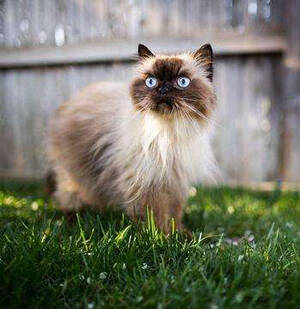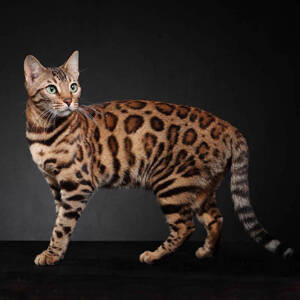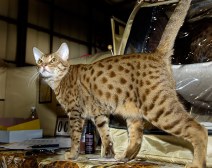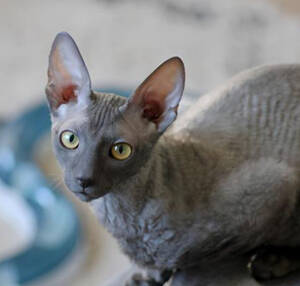
Lynx pardinus
Lynx pardinus,Spanish Lynx,Marco Pseudomarginatus, Iberian Lynx, Southern European Lynx
The Spanish lynx (scientific name: Lynx pardinus) is the largest cat species···
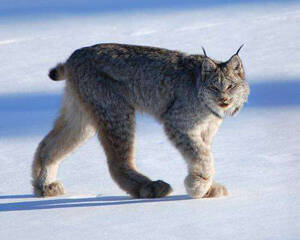
Lynx canadensis
Lynx canadensis,Canada Lynx
Canada Lynx (scientific name: Lynx canadensis) is also known as Canada Lynx ···
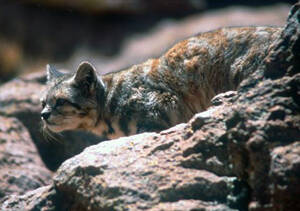
Leopardus jacobita
Leopardus jacobita,Andean Cat,Mountain cat, South American mountain cat, Andean mountain cat
Andean Tiger Cat (scientific name: Leopardus jacobita) is also known as Ande···
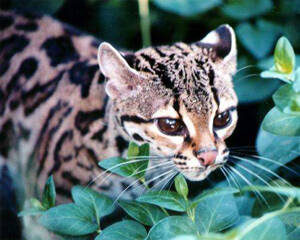
Leopardus wiedii
Leopardus wiedii,Margay
The long-tailed tiger cat (scientific name: Leopardus wiedii) is also known ···
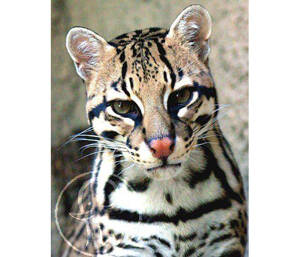
Leopardus pardalis
Leopardus pardalis,Ocelot
Ocelot (scientific name: Leopardus pardalis) is also known as Ocelot in Engl···
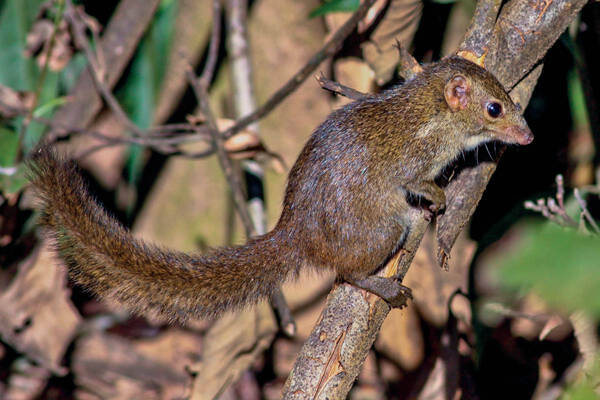
Scandentia
Scandentia,Sino-Burmese tree shrew, Northern tree shrew
Tree shrews are highly adaptable and are distributed from low altitude areas···
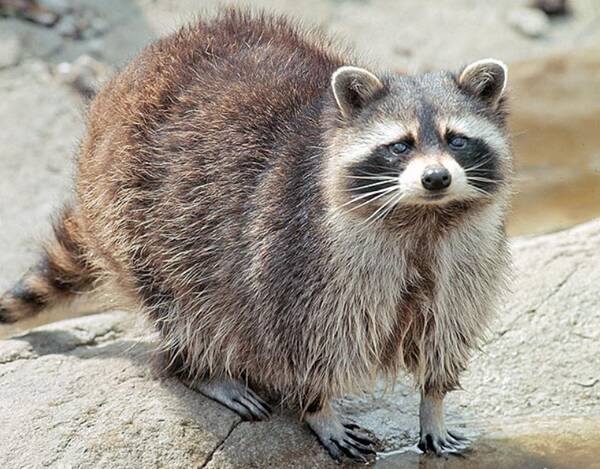
Procyon lotor
Procyon lotor,Raccoon, Food Thief, Pippi Bear
Raccoon, Procyon lotor (Linnaeus 1758), is a species of animal in the genus ···
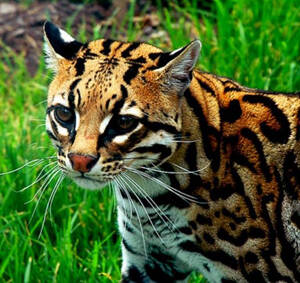
Leopardus tigrinus
Leopardus tigrinus,Oncilla
The Oncilla (scientific name: Leopardus tigrinus) has three subspecies. It i···
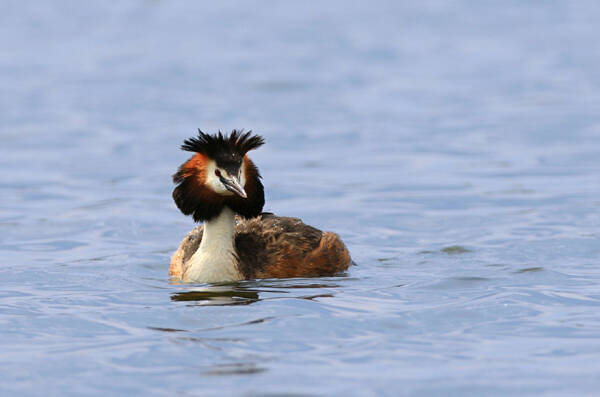
Podiceps cristatus
Podiceps cristatus,Langlibai, Langhuaer, Langli, Shui Laogua, Shui donkey
The Crested Grebe is a summer bird that lives from the northeast to the Qing···
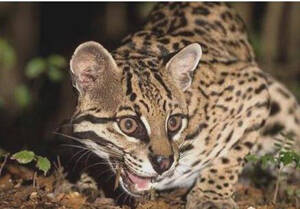
Oncifelis guigna
Oncifelis guigna,Kodkod,South American Lincat
The South American tiger cat (scientific name: Oncifelis guigna) is also kno···
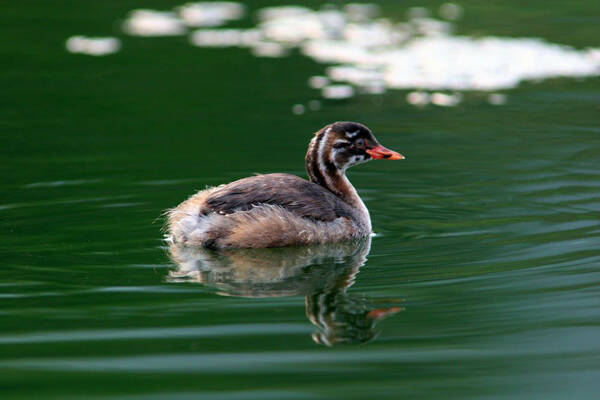
Tachybaptus ruficollis
Tachybaptus ruficollis,Oil duck, water hyacinth, oil gourd, turtle duck
The small grebe (pì) is a species of the genus Small grebe of the family Gr···
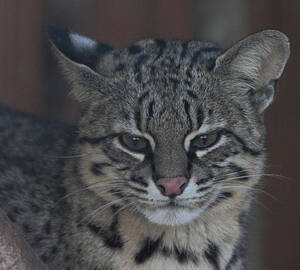
Leopardus geoffroyi
Leopardus geoffroyi,Geoffroy's Cat,Joe's cat, clouded leopard, fishing leopard
Geoffroy's Cat (scientific name: Leopardus geoffroyi) is called Geoffroy···
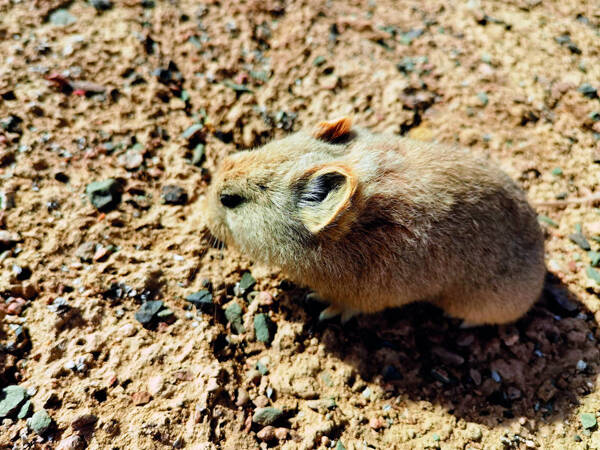
Ladakh pika
Ladakh pika
The taxonomic status of the Ladakh pika is relatively stable. However, due t···
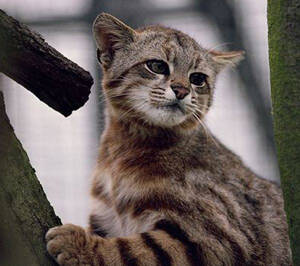
Leopardus colocolo
Leopardus colocolo,Pampas Cat,South American savannah cat, savannah cat
Pampas Cat (scientific name: Leopardus colocolo) is also known as Pampas Cat···
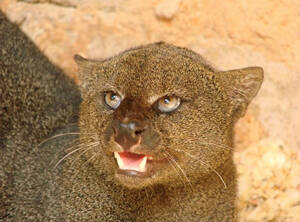
Herpailurus yaguarondi
Herpailurus yaguarondi
The slender-waisted cat (scientific name: Herpailurus yaguarondi) is also kn···
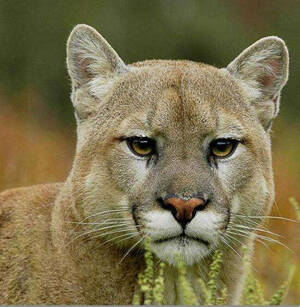
Puma concolor
Puma concolor,Puma、Mountain Lion,Mountain lion, golden cat, pounce horse
Puma (scientific name: Puma concolor) is also known as Puma or Mountain Lion···
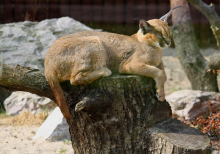
Caracal aurata
Caracal aurata,Profelis aurata,African Golden Cat,
African Caracal (scientific name: Caracal aurata, synonymous scientific name···
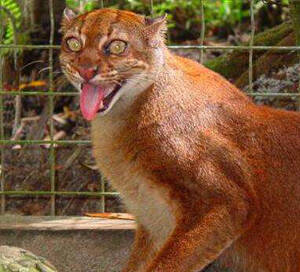
Catopuma badia
Catopuma badia,Borneo Bay Cat,Chestnut cat
Borneo Golden Cat (scientific name: Catopuma badia) is also known as Borneo ···
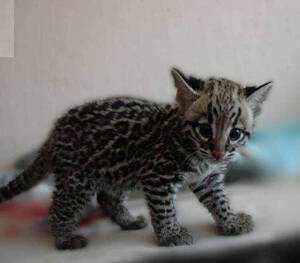
Felis iriomotensis(P.b.iriomotensis
Felis iriomotensis(P.b.iriomotensis,Iriomote cat
The Iriomote cat, scientific name Felis iriomotensis (P.b.iriomotensis), is ···
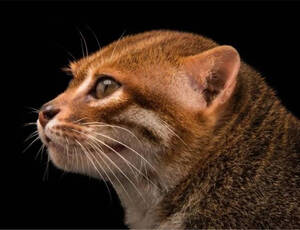
Prionailurus planiceps
Prionailurus planiceps,Flat-headed Cat,Flat head cat
Flat-headed Cat (scientific name: Prionailurus planiceps), also known as Fla···
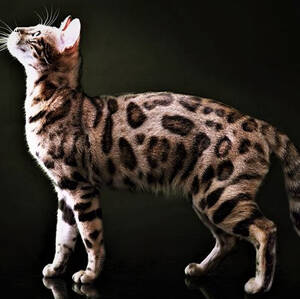
Prionailurus rubiginosus
Prionailurus rubiginosus,Rusty-spotted Cat,Rusty Cat
Rusty-spotted cat (scientific name: Prionailurus rubiginosus), also known as···
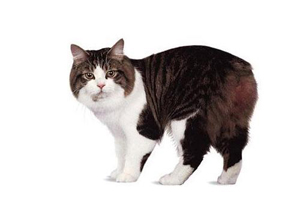
Cymric
Cymric,Long-haired Manx cat, Welsh cat
The Cymric cat is also called the long-haired Manx cat. It is a long-haired ···
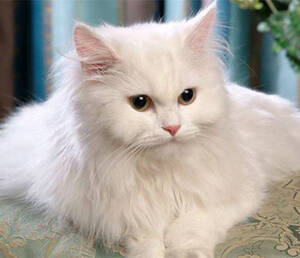
Turkish Angora
Turkish Angora,Turkish Angora cat
The Ankara cat, also known as the Turkish Angora cat, is one of the oldest l···
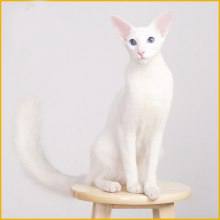
Oriental longhair cat
Oriental longhair cat
The Oriental Longhair is a new breed obtained by crossing the Oriental Short···
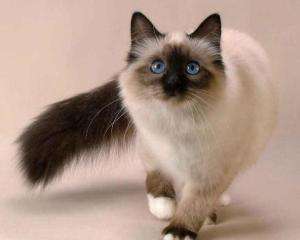
Balinese
Balinese,Long-haired Siamese cat, long-haired Amish cat
Balinese cats are produced by natural mutation or hidden genetic traits of S···

Chateau Cat
Chateau Cat
The origin of the name of the Chateau cat is that it is the same color as th···

